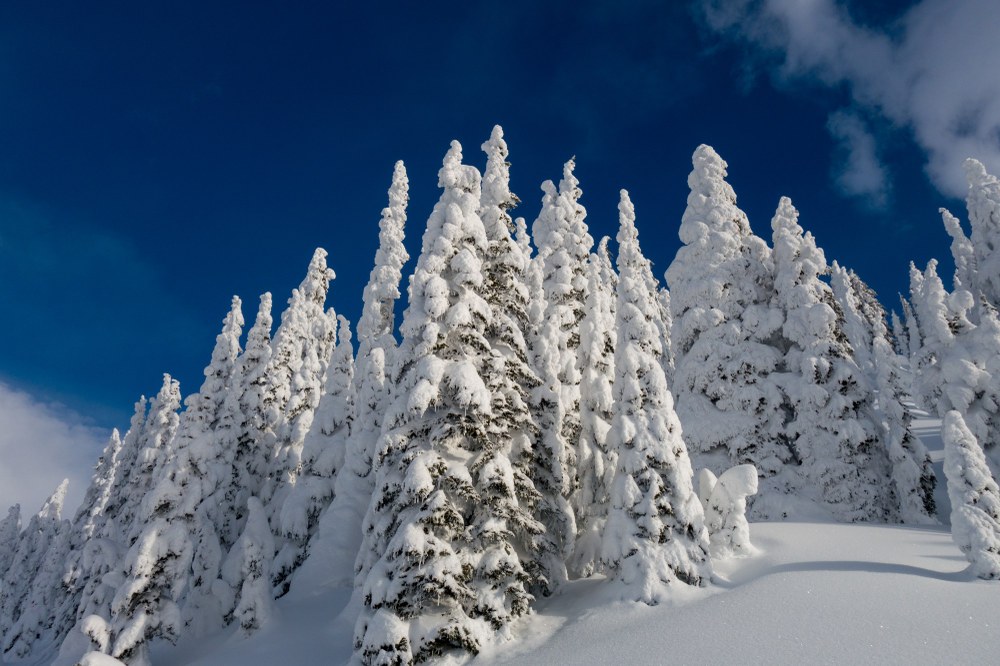
The most exciting moment of winter is the season’s first snowfall. Sometimes snow falls at opportune moments when you can witness small flakes gently speckling the sidewalks. Other years you wake up to the world carpeted in a perfect blanket of white. You step outside and marvel at the winter wonderland while scouring for the best place to have an epic snowball fight. Standing there, one of the first things you notice is a serene silence almost as breathtaking as the snow itself. You aren’t imagining things – the world actually is quieter when it snows.
The structure of snowflakes
Some of the reasons why it’s quieter after a snowfall are obvious; everyone is either stunned silent at the majestic beauty of winter or unwilling to expose themselves to the freezing cold. Many animals – like birds – fall into the latter category, hunkering down to avoid the chilling weather. But a major factor in why silence and snowfall go hand-in-hand is because of the sound-absorbing qualities of snow.
To understand this science we must first consider the structure of the snowflake. I’m sure most of us are familiar with what a snowflake looks like: ornate, star-like crystalline patterns whose uniqueness and beauty has inspired everyone from existentialists to kindergarteners. Because of the snowflake’s elaborate shape, empty space is left between their hexagonal ridges. A lot of empty space, it turns out. En masse, snowflakes form a fluffy and porous blanket of powder that is exceptionally good at cushioning our wipeouts, and even better at cushioning sound.
The science of sound
Sound travels in waves. Its speed and reach are influenced by environmental factors like humidity, temperature, and path-blocking obstacles. For sound to reach us clearly, an unperturbed path is needed. Anything standing in the way, like snowflakes falling from the sky, can scatter, bend, or trap soundwaves and block or alter the way they reach our ears.
When snowfall accumulates, those large spaces between the snowflakes’ ridges as well as the spaces between each snowflake themselves act as a sound absorber that catch or dampen the amplitude of the waves traveling through them. This is similar to how industrial foam boards lining the walls of music rooms operate, and why when a fresh blanket of snow falls all the ambient noises of our busy lives seem to disappear.
Snow can absorb anywhere from 50 to 90 percent of sound, depending on the severity of the snowfall and the texture of the snow. A lighter sprinkling of snow doesn’t capture much sound, similar to how a tissue shoved under a door wouldn’t block sound as effectively as a towel. Larger amounts of snowfall hold a lot of empty space and thus are excellent at trapping soundwaves.
Breaking the silence
Although serene, the silence can only last so long. Once the snow begins to melt, the spaces between the ice crystals shrink, compacting the snowflakes and impairing their ability to absorb sound. In fact, once snow melts and refreezes it actually begins to amplify sound waves as they bounce off of the hardpacked snow, which has melted to fill in all the empty space. The next time you marvel at the quiet of newly-fallen snow, enjoy your brief window of serenity before the regular clanging and banging of our daily lives return.
This article originally appeared in our winter 2023 issue of Mountaineer magazine. To view the original article in magazine form and read more stories from our publication, visit our magazine archive.
Add a comment
Log in to add comments.Very interesting article. The process of the formation of snowflakes in the atmosphere, driven by local supersaturation because of atmospheric conditions and crystal shapes is very similar to the process that creates "persistent weak layers" on the snow surface and within the snowpack; i.e. sparkly "surface hoar"
and "faceted" crystalline grains.
 Skye Michel
Skye Michel